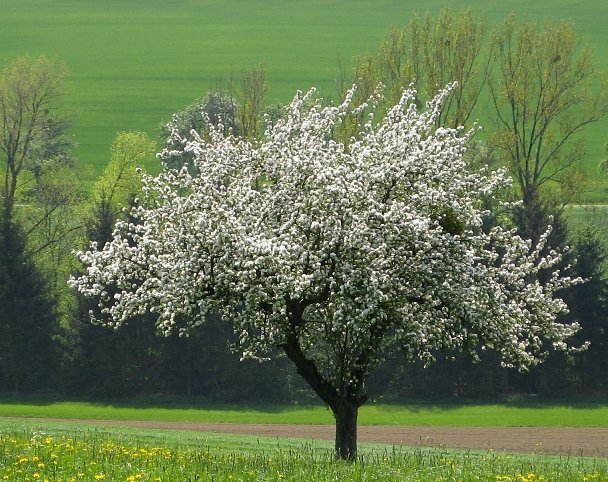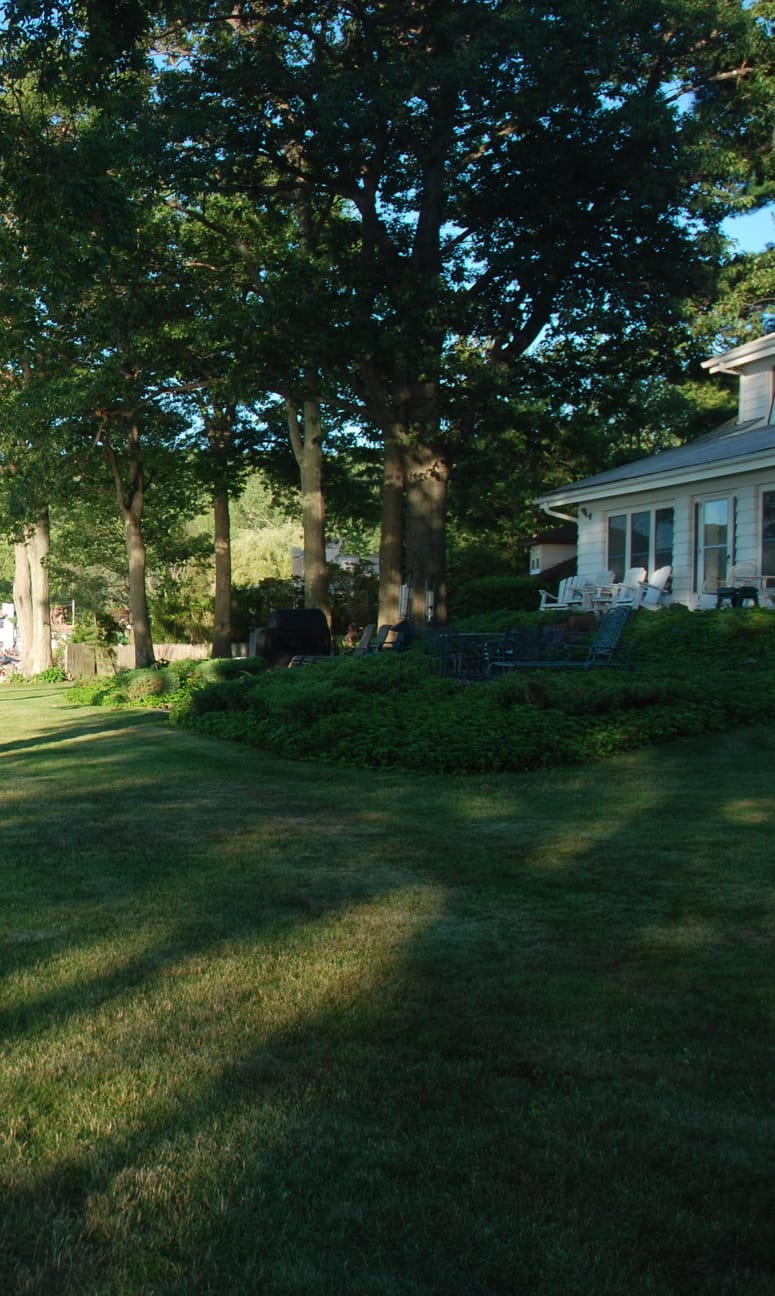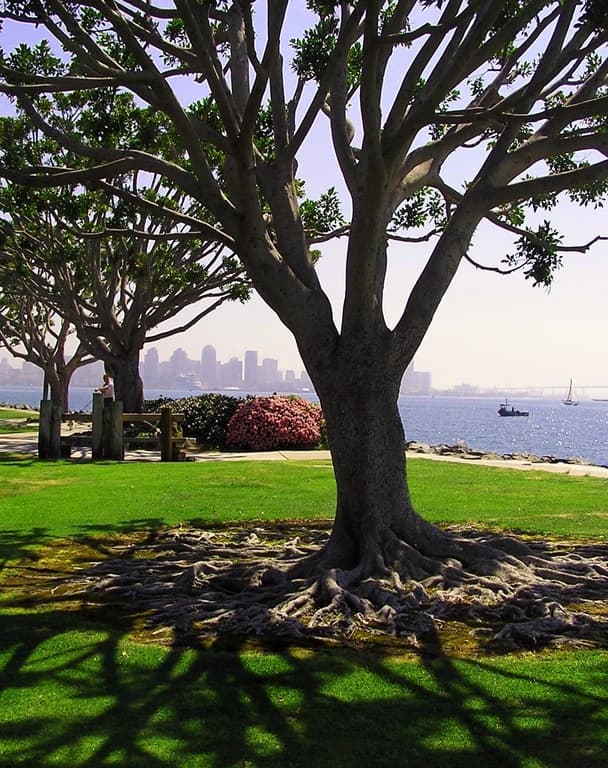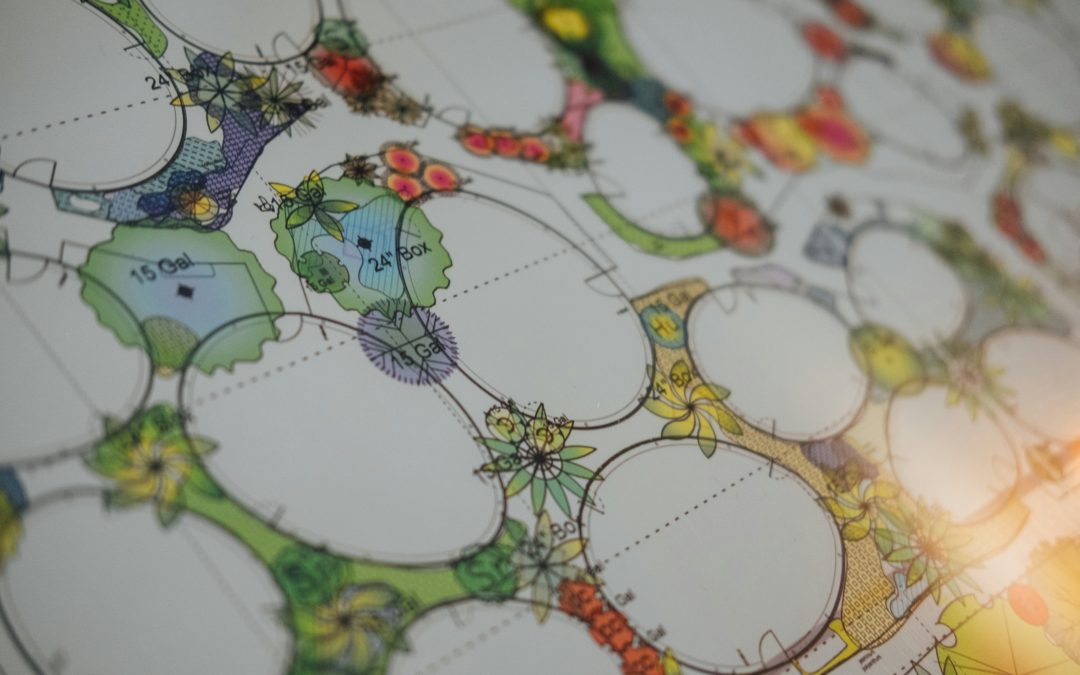
Seasonal Tips
Plant, Protect, and Prepare for a Successful Season
May is a pivotal month for gardeners in Southeast Wisconsin. With the soil warming and the last frost dates typically passing between May 10 and 20 , it’s the ideal time to dive into planting, maintenance, and preparation for a thriving summer garden. Here are five essential gardening tasks to focus on this month.
1. Plant Warm-Season Vegetables and Annuals
By mid-May, it’s generally safe to plant warm-season vegetables like tomatoes, peppers, squash, cucumbers, and beans. Soil temperatures should consistently reach at least 60°F for optimal growth. This is also the perfect time to add vibrant annuals such as marigolds, petunias, and zinnias to your garden beds and containers.
Planting Tip: Before transplanting seedlings started indoors, harden them off by gradually exposing them to outdoor conditions over a week. This process minimizes transplant shock and enhances their chances of thriving.
2. Divide Overcrowded Perennials
Spring is an excellent time to divide perennials like hostas, daylilies, and ornamental grasses.
- Encourages healthier, more vigorous plants
- Helps control the size of mature clumps
- Provides free plants to expand your garden or share with others
After dividing, water thoroughly and mulch around the new plantings to conserve moisture and reduce stress.
3. Feed Your Plants
The burst of spring growth can quickly deplete soil nutrients. Use a balanced, slow-release fertilizer to nourish your garden beds, shrubs, and trees. Be sure to choose fertilizers appropriate for specific plant needs, such as acid-loving varieties like azaleas and rhododendrons.
Fertilizer Tip: Applying fertilizer just before a rainstorm can help the nutrients seep into the soil more effectively.
4. Prune Spring-Flowering Shrubs After Bloom
Shrubs that bloom in early spring, such as lilacs, forsythias, and viburnums, should be pruned soon after they finish flowering. Proper pruning encourages:
- Better shape and structure
- More abundant blooms for next year
- Removal of any dead or damaged wood
Waiting too long to prune can reduce next year’s flowering.
5. Prepare for Common Pests
As the weather warms, insect pests such as aphids, slugs, and beetles begin to appear. Early preventative measures are important to keep damage minimal without resorting to heavy chemical use.
Pest Management Strategies:
- Encourage beneficial insects like ladybugs and predatory wasps
- Hand-pick larger pests whenever possible
- Use row covers to protect young vegetable plants
- Keep garden beds weed-free, as weeds can harbor pests
May is the Month of Opportunity
The work you put into your garden now will pay off all season long. Whether you’re planting new flowers, setting out vegetable transplants, or installing a fountain to create a peaceful retreat, Heritage Hill Nursery is here to help. Stop by for expert advice, fresh plants, and the tools you need to make this your best gardening season yet.
Seasonal Tips, Shrubs & Bushes
July Tips – Especially for Schrubs
Refrain from applying any kind of fertilizer this month as it could harm the roots. Wait until the cooler months of fall to apply fertilizer if the plants need a nutritional boost. This month you’ll want to keep an eye out for plant diseases such as black spot, powdery mildew, and canker. Inspect each plant for any signs of damaging insects. Treat diseases and infestations accordingly using an insecticidal soap and fungicide. If you’re unsure what type to use seek the advice from one of our knowledgeable staff at Heritage Hill Nursery.
Newly planted shrubs will need to be monitored more closely during the summer months. It’s important to keep the ground moist but not saturated.
Mulch Matters — You may need to replenish mulches, especially those that break down quickly, such as straw or grass clippings. Mulches should be 1-3 inches.
Questions about planting, feeding and watering? Take advantage of our knowledgeable horticulturist & owner, Jason. He is here to help you make good decisions on what will work best and how to properly tend to your new plantings. Visit the Heritage Hill Nursery and garden center now! We are conveniently located, close to Cedarburg, Jackson, West Bend, Slinger, WI.
Only a few days for our
July Special Offers!
[coupon couponid=”678″ coupon_align=”cctor_aligncenter” name=”July Special – 2018″]
AND 20% off Lilacs!
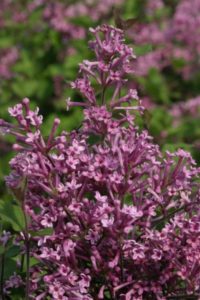

Trees - Planting & Care, Seasonal Tips
Caring for Your Trees
Trees are a landscapes most important feature. They offer privacy, shade, focal points, and serve as shelter and food for wildlife. Planting the right tree in the right spot is a vital step that shouldn’t be dismissed quickly. What type of soil do you have, does it retain moisture or dry out quickly? What kind of sun exposure does the area get? Will the tree get to big for the location? Are you looking for year-round interest, privacy or shade? Having the answers to questions like these will be helpful. The well-stocked lot at Heritage Hill Nursery will give you several varieties to choose from no matter what you’re looking for.
June Tips:
Replenish mulch around trees as needed maintaining a 2 to 3-inch layer of shredded bark. Be care not to mulch up to the base of the trunk as this can cause rotting. Mulching can be a lot of work but it’s worth the efforts. Many trees have suffered injuries from mower and trimmer blades and strings. These entryways open the tree up to insects and disease. Mulching can reduce moisture loss from evaporation and cut down on weeds. Did you know that grass is a big competitor for water and it’s healthier for the plant if you remove the grass and provide mulch? Although newly planted trees will probably need to be watered on a weekly to bi-weekly basis, too much water can cause the tree to die. Trees should be watered thoroughly when the top 4-6 inches of soil is dry. It is best to use a hose near the base of the tree, but not touching the trunk, at a steady drip for about 20 minutes. The soil should be moist for at least 12 inches deep, but the ground not saturated. Clay and sandy soils will need to be checked more frequently. Prune any dead or broken branches this month except Oak trees. They shouldn’t be pruned until the tree is in its dormant state.
Courtesy of Gardening in Wisconsin by Melinda Myers Revised Edition
Seasonal Tips, Older Entries
Top Landscape Tips for Fall
Autumn is the perfect time to assess your landscaping needs and fill any gaps that exist. Here are the top fall gardening tips from gardening experts at First Editions® Plants:
– Take inventory: Decide what, and where, your landscape is lacking and plug the gaps now. Depending on plant type and local climate, you’ll be able to enjoy a full, bursting garden as early as next spring.
Courtesy First Editions – Selected for Success More
Questions about planting, feeding and watering? Take advantage of our knowledgeable horticulturist & owner, Jason. He is here to help you make good decisions on what will work best and how to properly tend to your new plantings. Visit the Heritage Hill Nursery and garden center now! We are conveniently located, close to Cedarburg, Jackson, West Bend, Slinger, WI.
Available November 24
Christmas Trees
Locally Grown
[coupon couponid=”854″ coupon_align=”cctor_aligncenter” name=”Christmas Trees”]





